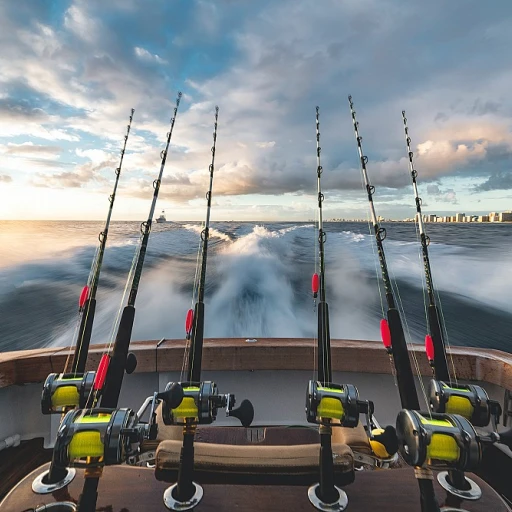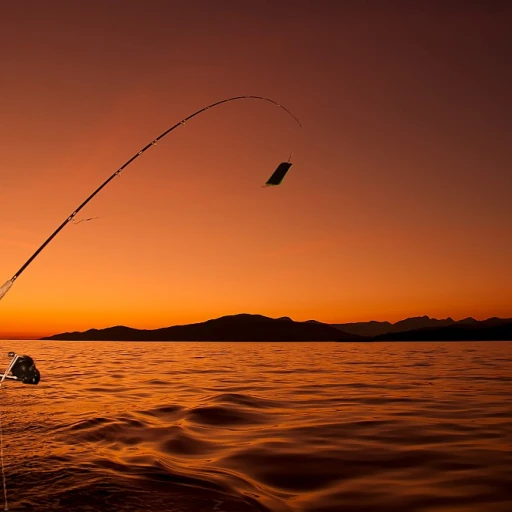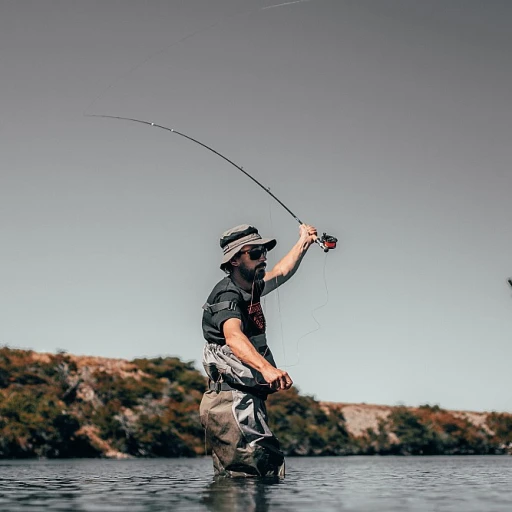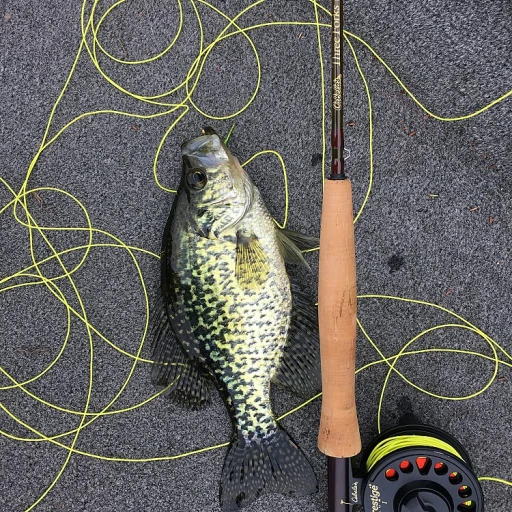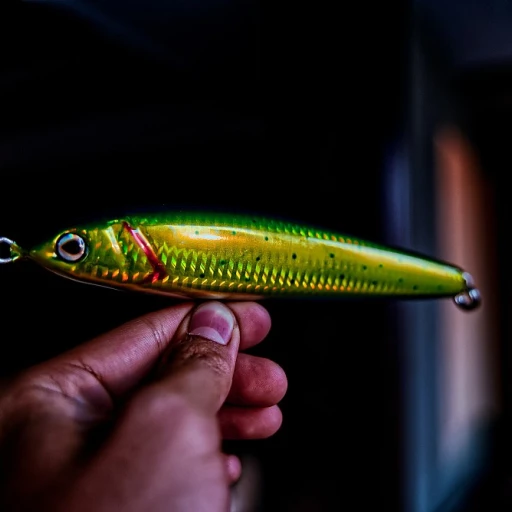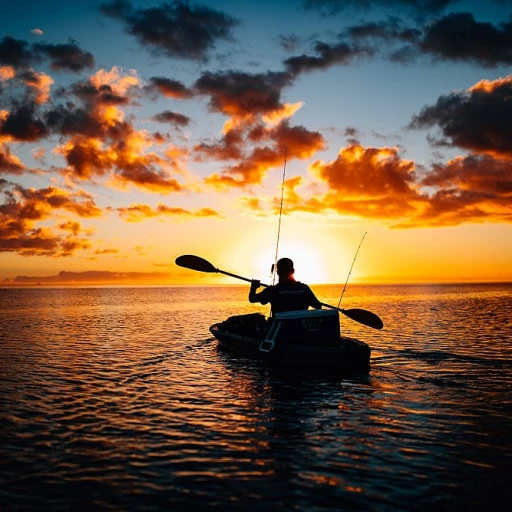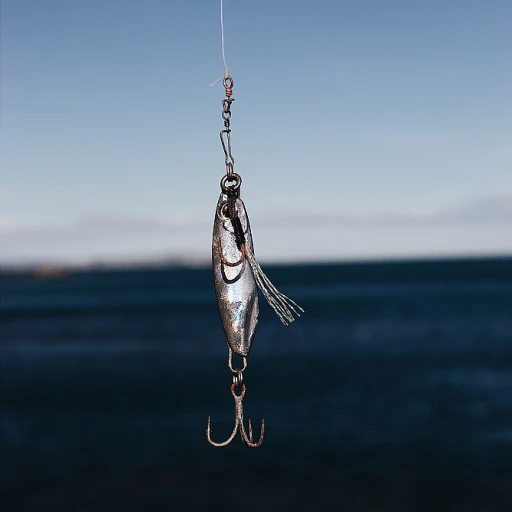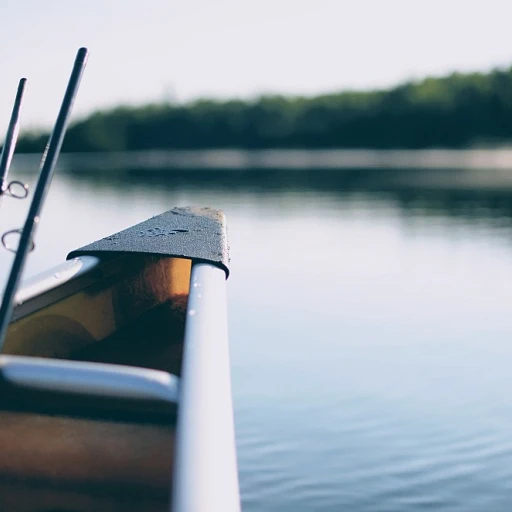
Understanding Propeller Basics
Grasping the Essentials of Boat Propellers
When it comes to boating, the propeller, or 'prop', is a crucial component that can significantly impact performance on the water. One of the primary considerations is the number of blades on the propeller, which can vary, with three-bladed and four-bladed options being among the most common choices for recreational fishing boats. The number of blades directly influences the boat's speed and maneuverability. A three-blade prop often caters to those seeking higher top speed, as there is less drag on the water. These are typically suited for anglers who value speed and quicker responses from their boat engines. In contrast, a four-blade propeller offers different advantages, such as improved performance in rough waters and better handling at low speed. It provides more thrust, making it an excellent choice for those who operate in challenging fishing locations. Understanding the essentials of propeller design also involves the pitch, or the distance a propeller would move in a single rotation if it were moving through a soft solid like mud. A proper pitch ensures that the boat engine operates efficiently, delivering optimal power during your fishing trips. In summary, while the number of blades plays a significant role, factors like propeller pitch and the specific demands of your fishing scenario also guide the right choice. For a broader view on equipment versatility, you might explore the advantages of the Penn 320 GTi Reel, which complements your propeller selection beautifully.Performance and Efficiency
The Influence of Blade Count on Performance
Choosing the right number of blades in a propeller can significantly influence your boat’s performance and efficiency. A three-blade propeller generally offers higher top speed due to less drag in the water, making it favored by those who prioritize speed and efficiency. This prop works well in most locations and conditions, delivering reliable performance for recreational fishing enthusiasts who seek a speedy trip to their favorite spots. On the other hand, a four-blade propeller can provide better low-speed maneuverability, which is critical when navigating tricky waterways or when precise control is needed. The additional blade area offered by a bladed prop enhances traction, allowing for smoother acceleration and improved handling in rough waters. Four-bladed propellers are often the choice for those operating in varied water conditions, valuing stability over sheer speed. Energy efficiency is another point to consider. While a three-bladed prop might give a slight advantage in fuel consumption at continuous high speeds, a four-blade prop's design enhances a boat's ability to maintain consistent speeds at varying water conditions, potentially saving fuel during variable speed excursions. When it comes to the pitch of the propeller, the number of blades impacts performance. A bladed propeller with a higher pitch can achieve greater speeds, while a lower pitch provides stronger acceleration and better load-handling capabilities. Understanding these nuances can help in selecting the propeller best suited to your specific recreational needs, ensuring a superior fishing experience. For those interested in further optimizing their boat’s performance and aligning it with your specific boating environment, take a look at this exploration on flooring choices for your fishing boat which can also contribute to overall efficiency and comfort during your fishing adventures.Impact on Fishing Experience
Influence on the Fishing Experience
When choosing a propeller, whether a three-blade or four-blade option is better largely depends on your fishing style and the type of water you navigate. Both types of props influence your boat's speed, stability, and overall fishing experience.
Blade configuration significantly impacts how a boat performs in various waters. A three-blade propeller typically provides higher top speed but might compromise on thrust and stability, particularly in choppy waters. The fewer number of blades means there's less surface area, potentially affecting the grip in the water. This configuration can be ideal if you target speedy arrival locations or when low speed and quick acceleration are what you aim for.
Conversely, four-blade propellers often offer greater grip in the water, providing stability that can be crucial for navigating through challenging conditions like rough waves or when precise control is necessary. The additional blade improves the prop's ability to hold its pitch, meaning better handling and more consistent performance. This is particularly beneficial for those interested in exploring the versatility of Hudd Swimbaits for recreational fishing, where stability and maneuverability may enhance the fishing experience.
Consider the trade-offs in props between achieving top speed and maintaining steady, reliable control of your craft. Your choice will significantly influence your fishing expeditions' quality and efficiency in different environments.
Durability and Maintenance
Evaluating the Longevity of Your Prop Choice
When considering the durability and maintenance of your propeller, it's essential to understand how the number of blades impacts the wear and tear your propeller faces. A three-blade propeller typically offers increased top speed and efficiency, but might endure more stress due to its higher speed capabilities. Conversely, a four-blade propeller may provide more stability and better handling in challenging water conditions, which could extend its lifespan.
Think about your boat's location and typical water conditions. A crowded marina with obstacles might necessitate tougher propeller materials, while open water emphasizes speed and efficiency. Propellers with more blades often disperse stress more evenly, reducing the likelihood of damage but also requiring regular checks for wear, especially on the blade areas. Props with fewer blades often need careful attention to pitch and balance to ensure they don’t wear unevenly or too quickly.
Regular maintenance is key for all props, regardless of blade count, ensuring that any wear is addressed immediately and minimizing the risk of breakage. Opting for a material that's suited to your typical fishing locations, be it reinforced stainless steel or lightweight aluminum, can also play a crucial role in prolonging the life of both three and four-blade propellers.
Ultimately, the choice of a bladed propeller should align with your priority—whether it's speed, stability, or low-speed maneuverability. Remember that the better you care for your propeller, the longer it will serve you well on your fishing adventures.
Cost Considerations
Assessing the Cost Factor
When it comes to selecting between a three blade or four blade propeller for your boat, cost is invariably one of the deciding factors. Understanding how the number of blades impacts the price is essential in making an informed decision.
Generally, three blade propellers are more budget-friendly than their four bladed counterparts. This is primarily due to the manufacturing process and the materials involved in crafting the additional blade. The simplicity of a three blade design translates to lesser cost, making it an attractive option for budget-conscious anglers seeking to optimize their boat's performance.
On the other hand, a four blade propeller might require a bigger initial investment. However, this cost is offset by the benefits it potentially offers in terms of engine efficiency and low-speed handling. Depending on the location and prevailing water conditions where you engage in fishing, this investment could result in enhanced performance and greater control of your vessel.
It’s important to balance the cost against the expected benefits of using a more expensive propeller. Additionally, consider how the performance changes will affect your annual running costs, including fuel consumption and potential maintenance. Cost isn't just about the price tag; it’s about the long-term value you derive from your chosen prop.
Ultimately, your choice between a three and four blade propellers should reflect your specific needs and budget. Evaluating your fishing environment, speed preferences, and boat type will guide this decision, ensuring the right fit for your fishing expeditions.
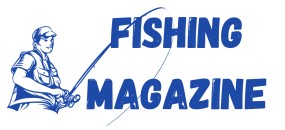

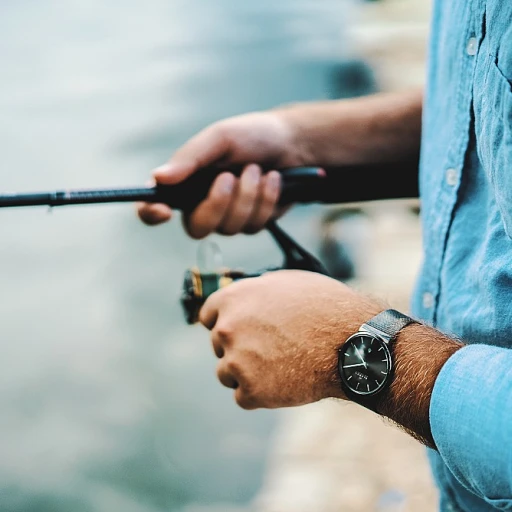
-large-teaser.webp)
